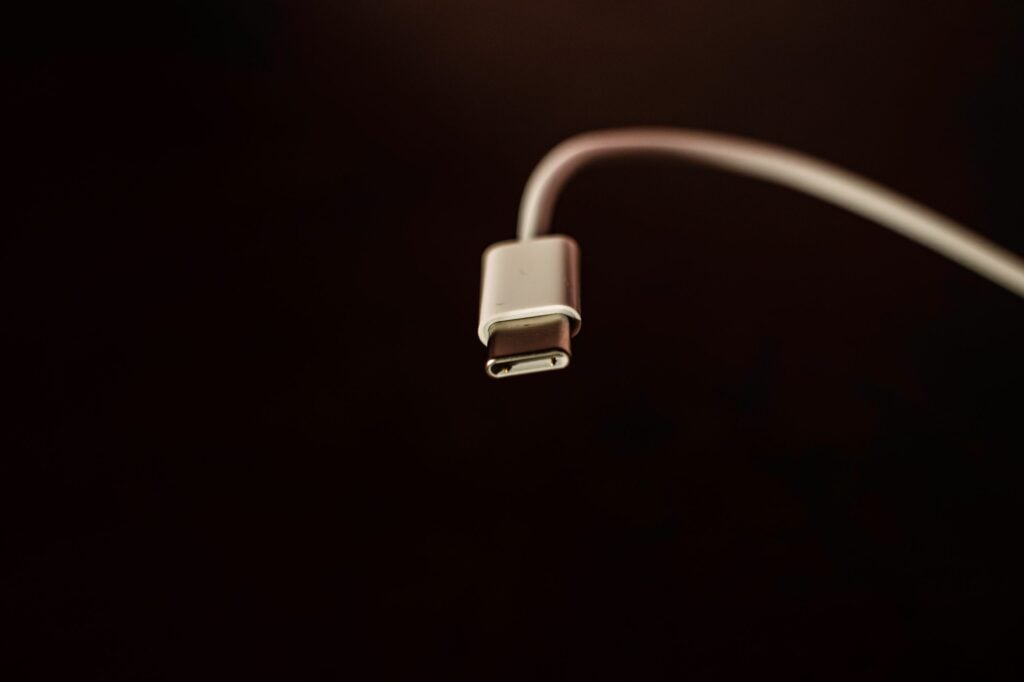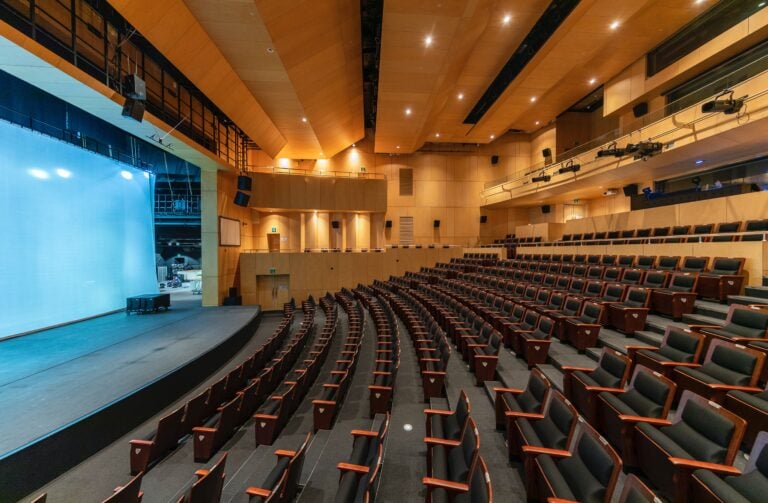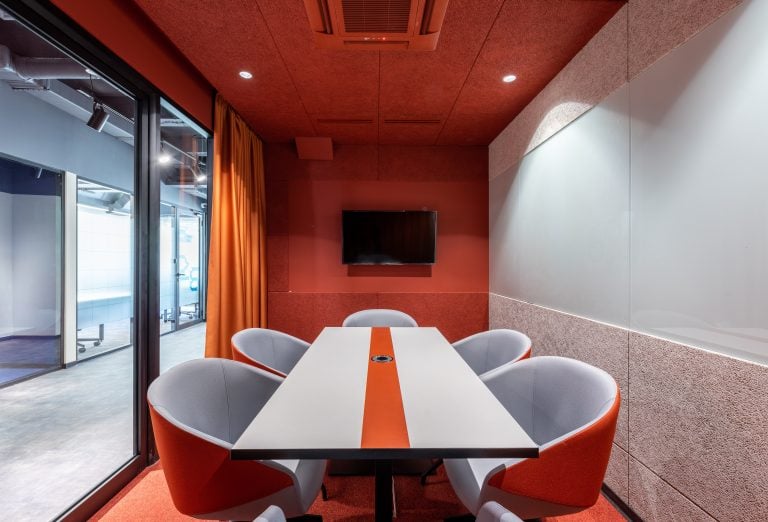The audio-video industry is constantly in flux. If your enterprise has been in the AV game for a while, there’s a good chance that a typical setup involves a lot of wires. Different operating systems and hardware have unique requirements, which can make connecting devices somewhat complex.
For example, if a computer needs a hard drive to access files but also has to display a presentation on a 4K TV while simultaneously pushing audio through a speaker… a lot of cables may be required to make the setup work. USB-C connections can help streamline some of the mess and confusion involved with legacy Pro AV configurations.
What is USB-C?
USB-C is a relatively new form of USB, and it’s an upgrade from USB 2.0 and USB 3.0, which are still commonly used on many devices. This new technology makes it so that instead of having a separate cable for power, data, audio, and video transfer, it can all be handled within one cable. Technically speaking, USB-C transfers data up to 10 GBPS, which is 20 times faster than the widely used USB 2.0, and it can send or receive 20 volts of power.
If your system is using USB 3.0, USB-C is still two times faster. In addition to a faster output, a USB-C connection doubles as a universal connector, enabling both audio and video outputs simultaneously.
How USB-C Is Used In Pro AV
Here are some examples of how USB-C configurations can work. Say you have a laptop that needs to be charged but also needs to display to a monitor. If the monitor has a USB-C port, you can connect the laptop to the monitor, and the monitor will send power to the laptop.
If you need to access large files from a hard drive, the port also enables data transfer rates of up to 20 GBPS. That means that, depending on the computer, the external hard drive could operate faster than the computer’s internal drive. In a Pro AV setup, you could, for example, provide several users with an external hard drive used only to store data-heavy, high-quality presentations. If your employees connected to the hard drive via USB-C, they could enjoy the ability to present smooth, uninterrupted, reliable presentations—even if they’re data-heavy.
What Do I Need To Switch To USB-C?
Many devices come standard with USB-C ports. Laptops, tablets, and mobile phones use this technology to connect to power sources and video monitors and to stream, upload, and download data. If you already have a device with this port, you can plug it in and use the technology right away. If you do not, you can purchase a converter and plug it directly into your existing USB port. Doing this converts your USB 2.0 or 3.0 port to one that is USB-C compatible.
If your current Pro AV setup involves HDMI, USB, and power cables, you can invest in a multiport converter with a USB-C output. This kind of converter allows a single laptop port to expand to multiple ports.
When Might USB-C Not Be The Answer?
Having the same brand of devices and running the same kinds of operating systems is the ideal setup when using USB-C. However, when there’s a mixture of devices running different operating systems, it’s difficult to maintain consistent performance because not all USB-C connections are equal. Different connectors support different functions, so in a situation where you are using different hardware and operating systems, it would be best to use the connections provided, like HDMI and USB.
Pro AV And USB-C
Pro AV can use USB-C connections to streamline audio and video configurations. Because different ports are combined into one, a device that is USB-C enabled requires fewer wired connections. And fewer connections make setting up and breaking down a lot easier. Still, streamlined operations aren’t the only benefit. You also get the improved speeds that come along with a USB-C connection, making data transfers quicker and charging times faster.
Even if your current setup does not allow for direct USB-C to USB-C connections, you may benefit from investing in a USB-C dock so others with USB-C can interact with your AV system. However, as you dive into an entirely new or upgraded AV plan, it’s worth including USB-C because it provides both high-speed data and charging to devices that connect to it. To learn more about your connectivity options, connect with Pro AV Systems today.



